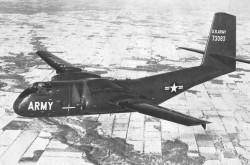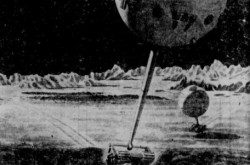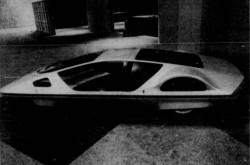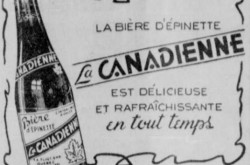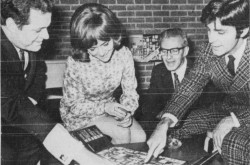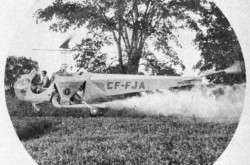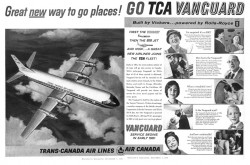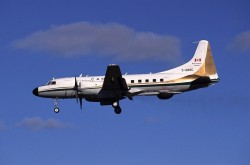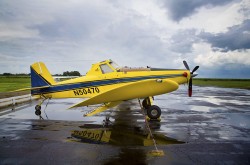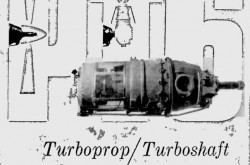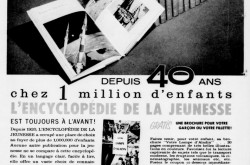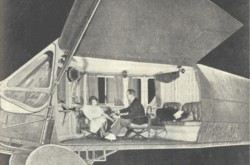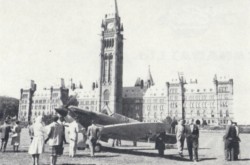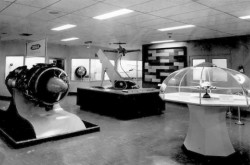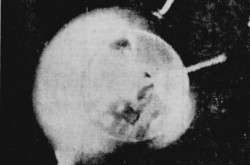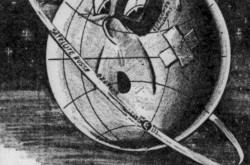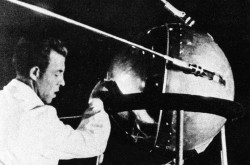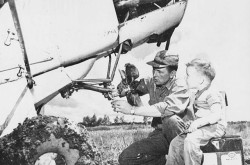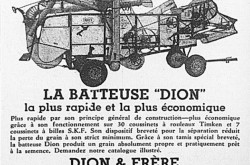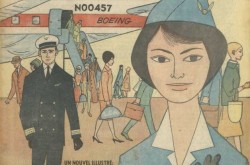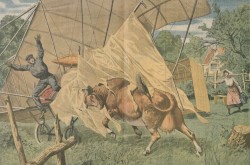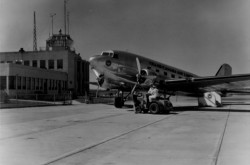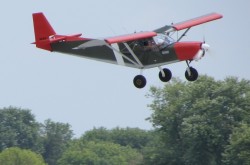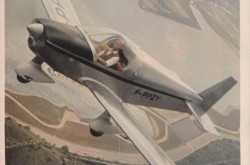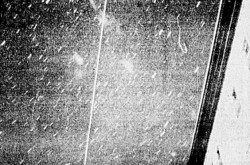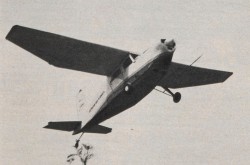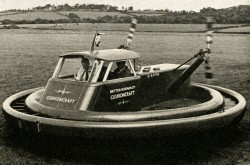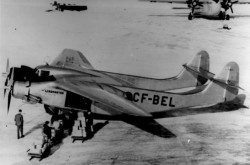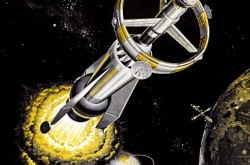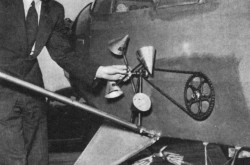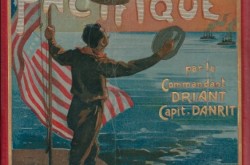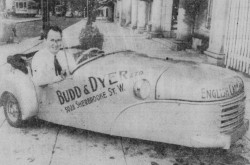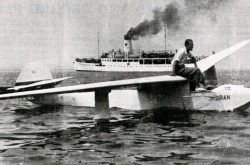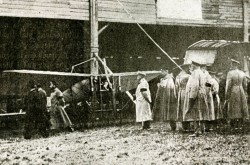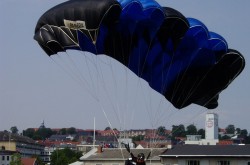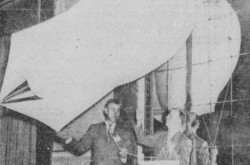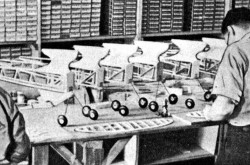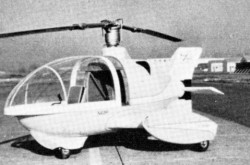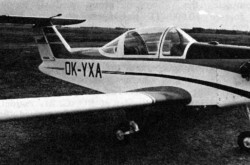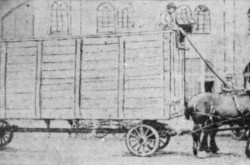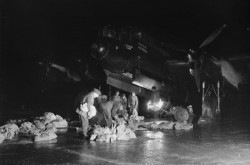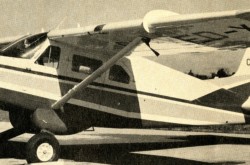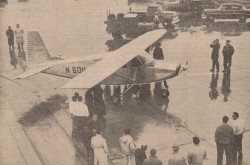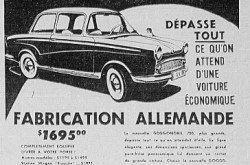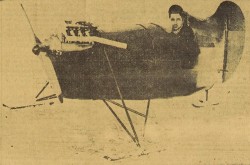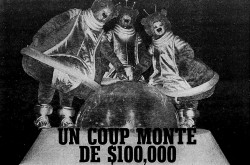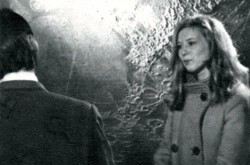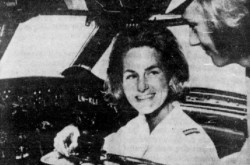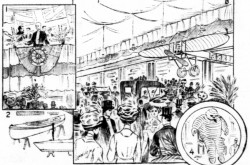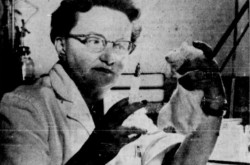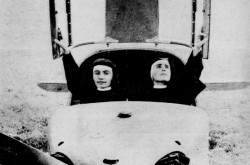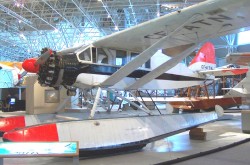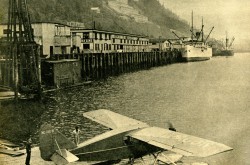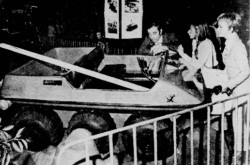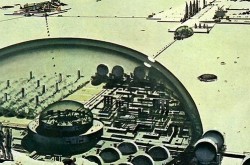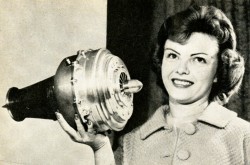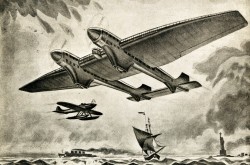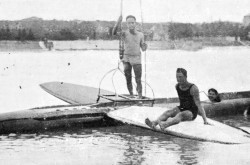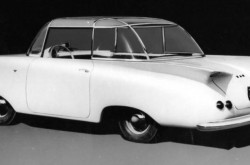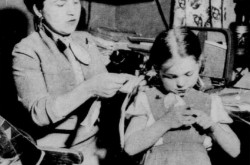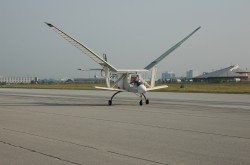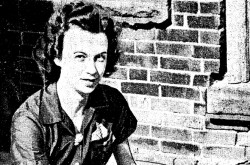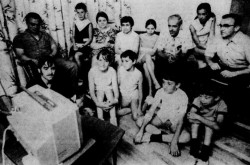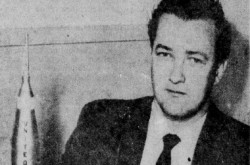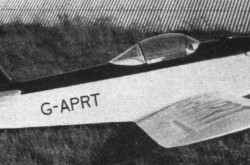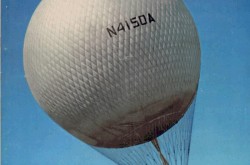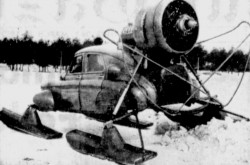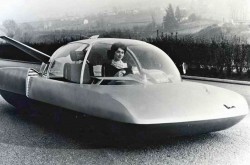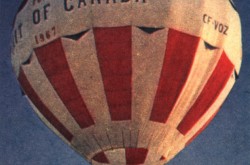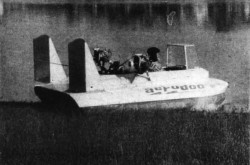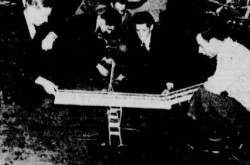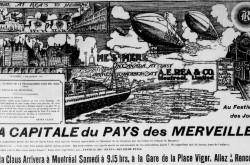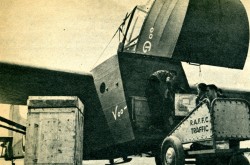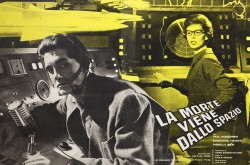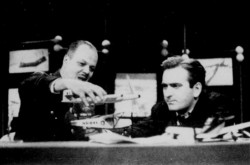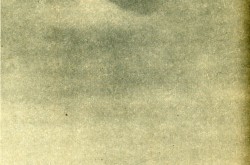“We must get aircraft equipment and look after our coasts” – The Royal Canadian Air Force and the Bristol Bolingbroke coastal reconnaissance aircraft

How would you like to read a fascinating text while sipping a glass of turnip juice, my reading friend? If so, you are in for a treat, if I may quote the vampire Eric Northman. I think. I hope.
And yes, the topic in question is one of the aircraft types in the fabulous collection of the Canada Aviation and Space Museum in Ottawa, Ontario.
Before we go any further on the yellow brick road that we are following today, yours truly would like to mansplain the title of the article published in Le Samedi. Unless I am wrong and, unlike the pompous and cowardly prince Humperdinck in the delightful 1987 movie The Princess Bride, I am often wrong, not on aviation and space matters of course, the letters C.F. stood for Canadiens français. I wonder, however, why that weekly magazine from Montréal, Québec, used the letters R.C.A.F. when C.A.R.C. would have done just as well. These letters stood for Corps d’aviation royal canadien, the French language name used at the time to refer to the Royal Canadian Air Force (RCAF). Anyway, let us move on.
Before we do that, however, yours truly would like to point out that I am not using the term mansplain with a wink or a nudge to imply that I am actually in favour of poking fun at people who are not aviation cognoscenti / aficionados. There are a lot of things I do not know about this topic, but I prefer not to tell you which ones.
As you know, the start of the Second World War in September 1939 was preceded by a series of crises, each more serious than the last. Although removed from areas of tension, the Canadian / federal government fully realised that the risk of war was increasing.
In 1936, the Prime Minister created a Cabinet Defence Committee which would coordinate and define the policies of his government. All the big guns of the Cabinet were part of it:
- Charles Avery Dunning, Minister of Finance,
- William Lyon Mackenzie “Rex” King, Prime Minister and Secretary of State for External Affairs,
- Ernest Lapointe, Minister of Justice and right-hand person of King in Québec, and
- Ian Alistair Mackenzie, Minister of National Defence.
The creation of that committee prefigured the coordinating and directing role of the federal government in matters of economic planning and war production during the Second World War.
And yes, King has been mentioned several / many times in our blog / bulletin / thingee since April 2018.
During the first meeting of said committee, in August 1936, the ministers took cognisance of the reports prepared by the Canadian armed forces. The news was bad and the shortcomings, numerous. King and his ministers therefore decided to launch a rearmament program.
The country’s financial resources being far too limited, however, the federal government could not afford to purchase all of the equipment recommended by the Department of National Defence (DND). King therefore began to take a growing interest in the potential importance of the RCAF to the defence of the country.
Without being decisive, a meeting with the British Prime Minister, Stanley Baldwin, in October 1936, played a significant role in what was to follow. The latter suggested that King think above all about military aviation. Although Canada was one of the least vulnerable countries, an air force would be of great help in the event of an attack. Baldwin did not seem to believe that a navy or army was worth spending large sums of money on.
Added to these military arguments was the fact that, unlike the Royal Canadian Navy (RCN) and the Canadian Army, the RCAF did not awake bad memories, such as the difficulties surrounding the creation of the RCN in 1910, or the riots against conscription in the spring of 1918.
Even before the end of 1936, King had decided that the RCAF would be Canada’s first line of defence. In the event of danger, its units could concentrate very quickly and ensure coverage of the country in collaboration with the RCN and the Canadian Army. As far as King was concerned, that policy also put on hold the idea of an expeditionary force, the hobbyhorse of some Canadian Army senior officers, closely tied to the idea of conscription and the potential danger that issue could pose to the unity of the country.
The policy of 1936 confirmed a whole series of recommendations of the Joint Staff Committee of the Canadian armed forces. To support it, Mackenzie created, in September 1936, the Navy, Army and Air Force Supply Committee, a group with no direct connection to his British counterpart, the Principal Supply Officers Committee. Its members met for the first time that same month.
In spite of a difficult start, caused by patronage, lack of funds and red tape, the committee eventually reached its cruising speed. The Canadian Manufacturers’ Association provided a list of potential manufacturers of war equipment and supplies. The Department of Trade and Commerce, on the other hand, provided a list of all the companies which had produced that sort of thing during the First World War. Over the months, subcommittees studied and assessed these potential sources. In less than 3 years, the Navy, Army and Air Force Supply Committee examined nearly 1 600 factories.
It should be noted that in 1936, the RCAF was still under the command of the Chief of Staff of the Canadian Army. In the opinion of many, that situation was anachronistic because it no longer corresponded to the importance the federal government placed on aviation. While it was true that only the Canadian Army had a strong staff and a pan-Canadian network of bases and command, the fact was that senior RCAF officers wanted to become independent.
That wish became reality in December 1938 when the RCAF became an autonomous service, with its own staff and its own access to DND. The transition went smoothly. Some functions barely changed their names. From the Senior Air Officer that he was, Air Commodore George Mitchell Croil became a Vice Air Marshal and Chief of the Air Staff.
Would you believe that, while he was stationed in the Middle East, in 1917-18, Croil flew Thomas Edward “T.E.” Lawrence, in other words Lawrence of Arabia, on several occasions? Would yours truly lie to you?
In September 1936, the Joint Staff Committee of the Canadian armed forces completed a 5-year rearmament program that it submitted to the Cabinet Defence Committee. Of the 200 million dollars planned, almost 75 million would go to the RCAF.
The committee established its requirements at 23 squadrons divided into 2 groups: 12 non-permanent squadrons with advanced training aircraft and 11 permanent squadrons with combat aircraft. Six of the latter, 2 for maritime reconnaissance, 2 for coastal reconnaissance and 2 for torpedo bombing, would have the function of defending the 2 major maritime facades of Canada.
The priority given to the protection of the coasts was immediately apparent and King saw no objection to that. He believed that Canada had to defend its coasts and protect its neutrality in the event of conflicts affecting other countries.
If King accepted the need for a rearmament program, if only to take into account Canada’s responsibilities on the international stage, he did not intend to threaten the unity of the country. King was also horrified by the potential cost of the rearmament program and would seek to scale it down.
Indeed, while the military saw the Cabinet Defence Committee as a great way to improve their relationship with King, the latter wanted to use it to better control the military. The influence of that committee, the first federal body designed to allow for greater collaboration between the military and the Prime Minister, also seemed questionable. Between August 1936 and September 1939, it only met 6 times.
Of course, the success of the RCAF’s rearmament program depended in large part on the situation in which the local aircraft industry found itself. In September 1936, the Joint Staff Committee prepared a lucid commentary on that subject. To fulfill its mission well, an air force had to rely on well-equipped factories which produced aircraft and engines. Anyone who relied on that criterion was forced to conclude that Canada did not have an aircraft industry worthy of the name.
Indeed, when it came to flying machines, Canadian aircraft manufacturers did little more than assemble parts imported from abroad or repair aircraft already in service. Worse still, no engine manufacturing factory existed in Canada at the time.
Given the situation, the federal government one should certainly not expect quick deliveries.
Even so, spokespersons for the Canadian aircraft industry, led by the monthly Canadian Aviation, enthusiastically welcomed the importance given to the RCAF in Canada’s new defence policy. As the year 1936 ended, stagnation and discouragement vanished like snow in the sun. Manufacturers across the country were feverishly preparing. Military contracts were becoming more numerous and qualified personnel were starting to get scarce. Canadian Aviation sincerely hoped that the federal government would not try to do too much. Indeed, the indifference of previous years would not be erased in a few months.
Compared to the previous year, the amounts spent on the RCAF in 1937-38 roughly doubled. At first glance, that seemed huge. In fact, Canada spent just 9.7 million dollars on the RCAF – 171 million dollars in 2021 currency, trifles compared to the 23.3 billion dollars, yes, yes, billions with a B, in the 2020-21 main defence estimates.
This being said (typed?), that rearmament program required a certain political courage. Indeed, before obtaining the assent of the House of Commons, King and Mackenzie had to specify to Québec members of parliament of their party and to those of the Co-operative Commonwealth Federation, a social democrat party, that that amount planned in the budget would be used exclusively for the defence of Canada. These members of parliament had in fact called for a vote of no confidence.
Canada, King and Mackenzie argued, had not made a commitment to fight alongside the United Kingdom in the event of a European war. A few Québec members of parliament from King’s party nonetheless voted against the increase in the budget. Certain elements of the press and public opinion in Québec, as well as the isolationists, were also hostile, to no avail. King had to heed the opinion of English Canada. He also believed in the need for a certain rearmament of democracies, then faced with the dictatorial and increasingly aggressive governments of National Socialist Germany, Fascist Italy and Japan, then hyper nationalistic.
As a first step, the RCAF wanted to obtain a hundred or so aircraft. A few possibilities were then available to DND: buy in the United States and risk an embargo in the event of participation in a future European war, and / or buy in the United Kingdom and wait until after the end of deliveries intended for the Royal Air Force (RAF), and / or buy in Canada and wait for months, if not a few years, until the local industry was able to produce foreign-designed aircraft.
There was only one solution to that problem, stated the aforementioned Croil: the production in Canada of equipment for the RCAF. King and his ministers accepted that view. They were therefore committed to encouraging the development of the Canadian aircraft industry. The RCAF’s rearmament program could not be explained otherwise. By awarding contracts to virtually all Canadian aircraft manufacturers, DND hoped that they would gain some experience in the series production of modern combat aircraft. If there was a conflict, that experience could / should weigh heavily in the balance.
Once that purchasing policy was established, DND was left to choose, from the aircraft available, those that best met the needs of the RCAF. It had to take into account the fact that the Canadian armed forces used British war material more or less exclusively, however. Let us not forget that Canada was one of the most important members of the Commonwealth. The RCAF might also need to collaborate with the RAF.
DND’s decision to order British combat aircraft caused serious headaches for Canadian aircraft manufacturers, however. This was because the materials and parts used in the United Kingdom differed from those used in North America. The thickness and composition of aluminum sheets, as well as the pitch of screws and nuts, for example, were not the same.
As these materials and parts were not available on the North American continent, the Canadian aircraft industry had to convince American or Canadian firms to produce them or find North American equivalents which would subsequently have to be approved by the British Air Ministry.
Why was this so, you ask? Well, obtaining these materials and parts in the United Kingdom could be time consuming and not always possible, as the British aircraft industry was increasingly working on the RAF’s rearmament program. The fall of France in June 1940 and the fear of an invasion of the United Kingdom aggravated an already rather difficult situation.
Strongly concerned about the danger of war in Europe, the Air Ministry also did not place great importance on Canada’s interests. The standardisation of the equipment used by the RAF and RCAF, strongly defended by British and Canadian senior officers, suffered somewhat. As early as 1938, the 3 aircraft that the RCAF intended to use to protect Canada’s coasts, namely the Supermarine Stranraer maritime reconnaissance flying boat, the Blackburn Shark torpedo bomber and, to a certain extent, the Bristol Bolingbroke coastal reconnaissance aircraft, were no longer part of the massive rearmament program of the RAF.
That situation was due to the fact that British officers wished above all to maximise the firepower of the RAF. The needs of the RCAF counted for very little on that chessboard. British contracts for maritime reconnaissance flying boats, for example, went to aircraft manufacturers which offered machines which were more modern and better armed than the Stranraer. The Shark, meanwhile, gave way to an equally obsolete aircraft manufactured by another firm. Its abandonment was seemingly due to the priority given to the production and entry into service of another aircraft designed by Blackburn Aircraft Limited, a firm mentioned in a June 2020 issue yadda yadda, for use aboard the aircraft carriers of the Royal Navy.
The Bolingbroke, meanwhile, was being discontinued in order to allow Bristol Aeroplane Company Limited, an aircraft manufacturer mentioned in June 2018, April 2020 and September 2021 issues of our blog / bulletin / thingee, to concentrate its efforts in the production of the Bristol Blenheim, a physically almost identical light bomber considered more important to the RAF.
And yes, you are right, the Bolingbroke was an interim aircraft, a stop gap, ordered by the Air Ministry to complement / replace the obsolete Avro Anson while waiting for the entry into service of high-performance coastal reconnaissance aircraft. In fact, the Bolingbroke was replaced by the Lockheed Hudson, a hastily acquired but very successful American aircraft which entered service in May 1939, but I digress. Sorry. The aviation enthusiast in me kicks over the traces if I do not let him run for a bit, but back to our story.
The part of the RCAF’s coastal defence program which concerns us today, the one concerning the Bolingbroke, began in the fall of 1936. Anxious to acquire coastal reconnaissance aircraft, DND turned to the Air Ministry as usual. The prototype of the only project available, the Bolingbroke, had yet to fly, however.
Some RCAF experts were so concerned that they went so far as to propose the transformation of a small American airliner, the Lockheed Model 10 Electra, into a coastal reconnaissance aircraft. That idea aroused little enthusiasm. And yes, the staggering collection of the Canada Aviation and Space Museum includes an Electra.
As discussions continued, Hubert Martyn Pasmore, president of Fairchild Aircraft Limited of Longueuil, Québec, traveled to London, England, in early 1937 to secure a British contract which may have had nothing to do with the Bolingbroke.
And yes, Fairchild Aircraft was mentioned several / many times in our blog / bulletin / thingee, and this since August 2018. That firm was then, in 1937 of course, not in 2018, a subsidiary of the American firm Fairchild Engine and Airplane Corporation.
A brief digression if I may. The aforementioned Blenheim was derived from a light (6 passengers) transport aircraft ordered by the owner of several British dailies, Viscount Rothermere / Lord Rothermere, born Harold Sidney Harmsworth. This Bristol Type 142, christened Britain First, flew for the first time in April 1935. Impressed by its speed, the Air Ministry asked Bristol Aeroplane to design a light bombing version. Convinced of the pointlessness of putting a prototype to the test and anxious to place the new aircraft in service as quickly as possible, the Air Ministry signed an initial contract in September 1935. The first Blenheim flew in June 1936. Deliveries to a RAF squadron began in March 1937.
And yes, the expression Britain First could, to some extent, be linked to Harmsworth’s flirtation with British far right / fascist political parties during the 1930s.
Realising the importance of having a long-range fighter aircraft on hand, the RAF asked Bristol Aeroplane to modify the Blenheim, even though the aircraft was a tad slow for that function. Aircraft modified for said function entered service in September 1938.
Realising as well the importance of having a night fighter aircraft equipped with a radar on hand, the RAF again called on the Blenheim. Aircraft modified for that purpose entered service in July 1939. They were the first night fighters equipped with radar in the world.
Very modern when it entered service, the Blenheim bomber was more or less obsolete by the spring of 1940, when National Socialist Germany launched the offensive which resulted in the invasion of the Netherlands, Belgium and France. The RAF’s aircraft requirements, however, kept the Blenheim in production until 1942. Three British aircraft manufacturers, a private Yugoslav firm and a Finnish state-owned firm delivered around 5 435, 40 and 55 aircraft, for a total of around 5 530 Blenheims, all versions included, between 1936 and 1944. End of digression.
Alone in the United Kingdom and without serious backing from the federal government, Pasmore made no progress in his efforts to secure a contract. Contacted by the Canadian high commissioner in London, Charles Vincent Massey, a gentleman mentioned in a May 2019 issue of our you know what, King asked the Air Ministry to put the businessman in contact with Bristol Aeroplane. As the RCAF had not yet ordered the Bolingbroke, the British politely refused and Pasmore returned home empty-handed.
DND and Fairchild Aircraft immediately began negotiations. At about the same time, Canadian interests bought the shares of the Québec aircraft manufacturer still held by its American parent company. The last obstacle to the licensed manufacture of the Bolingbroke had disappeared.
The RCAF ordered 18 aircraft in November 1937, then 11 more in June 1939. DND was not out of the woods yet, however.
In December 1937, a few months after the first flight of a correspondingly modified Blenheim, in September, the Air Ministry abandoned the Bolingbroke. Stunned, DND protested and the Air Ministry injected more moolah into the project. The latter was so delighted with the improvements made by Bristol Aeroplane that it asked the firm to modify the plans of a new version of the Blenheim. Consequently, the British aircraft manufacturer, faced with multiple British and foreign contracts, delivered in a dribble the plans, specifications and parts that Fairchild Aircraft badly needed.
Consequently, again, the first Canadian Bolingbroke did not fly until September 1939, after the outbreak of the Second World War and Canada’s declaration of war, and considerably later than expected.
The management of Fairchild Aircraft could count themselves fortunate to have won the DND orders. Yes, yes, lucky. Let me explain.
Believing the time had come to offer Canadian civilian operators a good-sized aircraft, engineers at Fairchild Aircraft developed the Model 45-80 Sekani. This twin-engine monoplane capable of carrying a dozen passengers flew in August 1937 but flight tests proved to be very disappointing, not to say dangerous, for the pilots. Only 2 examples of that aircraft were built and remained unsold / unsaleable. Indeed, they were quickly scrapped. The losses incurred by Fairchild Aircraft were such that only the signing of the first production contract for the Bolingbroke allowed it to avoid bankruptcy, but back to said Bolingbroke.
Realising that the RCAF did not have modern long range fighter planes, a type deemed useful in a huge country like Canada, Canada being 41 times (!) the size of the United Kingdom, DND asked Fairchild Aircraft at some point (spring?) in 1938 to see if the Bolingbroke could be modified to fulfill that role.
While it was certainly possible to design a new nose carrying machine guns, stated the aircraft manufacturer, the fact was that the performance of that modified aircraft would be limited to say the least. The installation of more powerful engines would also considerably increase the weight of the aircraft. A third option, the design of a twin-engine fighter from the Bolingbroke, did not arouse enthusiasm either. Such work would take a crazy amount of time. The RCAF therefore renounced the use of the Bolingbroke as a fighter aircraft in October 1938, about a month after the service introduction of the first Blenheim fighter planes of the RAF.
The RCAF revisited the question in the fall of 1941, however, when the risk of war with Japan became more serious. The limited performance of the Bolingbroke led once again to the abandonment of the project.
Recognising the possibility that the Bolingbroke would have to operate in areas without airfields, DND asked Fairchild Aircraft to prepare plans for a float version. A prototype flew in August 1940. It performed satisfactorily, but the RCAF ultimately decided not to order that seaplane.
Fearing a possible shortage of British engines, delivered to Canada by merchant ships subjected to attack by German submarines, Fairchild Aircraft prepared plans for versions of the Bolingbroke fitted with American engines. The test flights quickly brought to light some problems. The first version lacked power and the larger diameter of the engines of the second limited the pilot’s field of vision. With British engine deliveries uninterrupted, Fairchild Aircraft only manufactured around 15 Bolingbrokes with American engines.
With your permission, I would like to interrupt this pontification to introduce the following digression. Son of Lassie was an all in all minor 1945 American motion picture filmed largely in Alberta and British Columbia. The scenery was beautiful and many RCAF aircraft, including some Bolingbrokes, were clearly visible. The collie Pal played Laddie, Lassie’s son and the faithful companion of a British RAF pilot shot down in Norway.
Fairchild Aircraft delivered approximately 625 Bolingbrokes between 1939 and 1943, for a grand total of 6 155 or so Blenheims and Bolingbrokes, all versions included. An additional 40 to 50 Bolingbrokes were seemingly canceled and then delivered uncompleted.
The entry into service of a growing number of more capable coastal surveillance aircraft, the aforementioned Hudson for example, from 1939 onwards, resulted in most RCAF Bolingbrokes serving in the bombing and gunnery schools of the British Commonwealth Air Training Plan (BCATP).
And yes, between 1940 and 1945, the BCATP trained approximately 130 000 of the 290 000 Commonwealth air force pilots and crews – an out of this world performance.
See ya later, bolingbroker.
Enjoying the Ingenium Channel? Help us improve your experience with a short survey!
















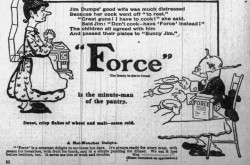
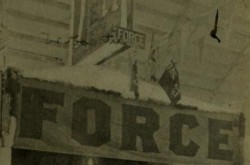
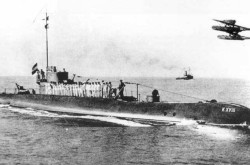
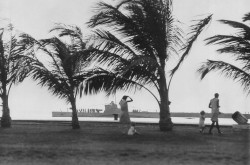
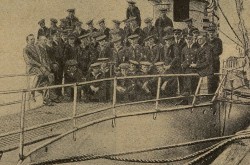
![A block of photographs showing some of the people involved in the bombing of beluga whales in the estuary and gulf of the St. Lawrence River. Anon., “La chasse aux marsouins [sic]. » Le Devoir, 15 August 1929, 6.](/sites/default/files/styles/thumbnail_7/public/2024-09/Le%20Devoir%2015%20aout%201929%20page%206.jpg?h=584f1d27&itok=TppdLItg)

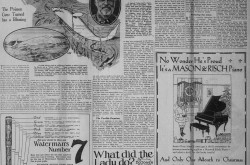

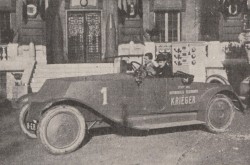
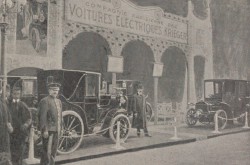

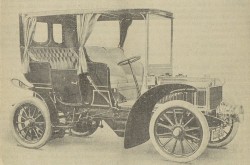


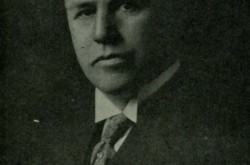
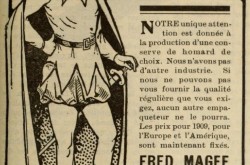
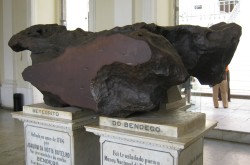



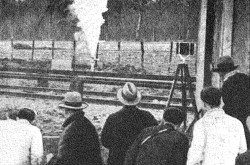

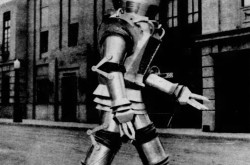

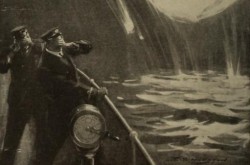
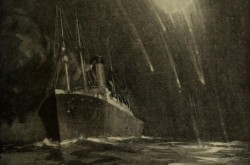
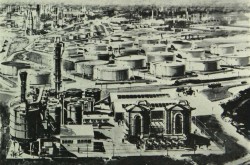
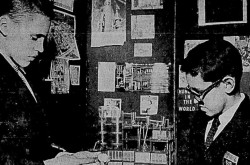

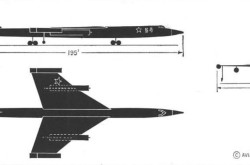

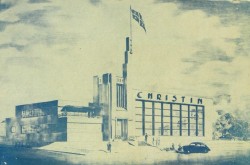
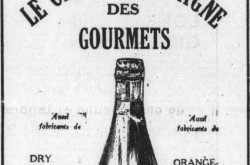
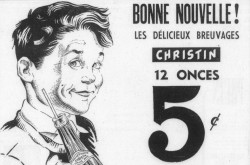
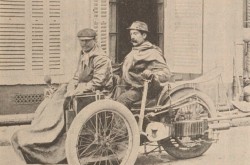
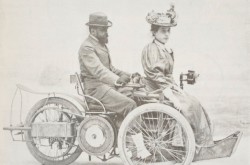
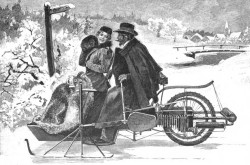
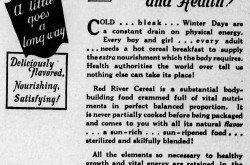
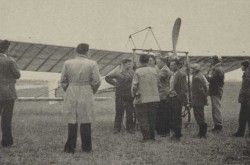
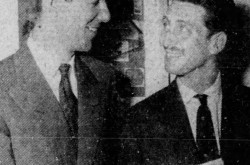
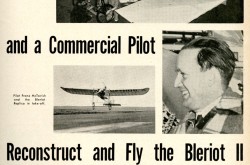
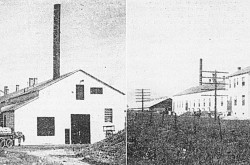
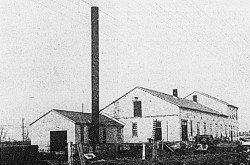
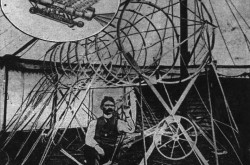
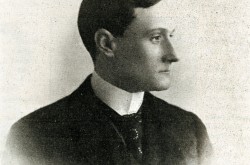
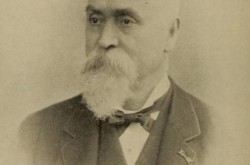
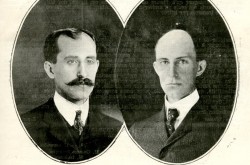
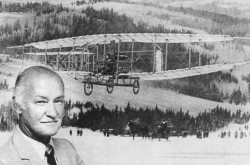
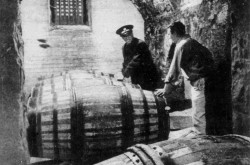
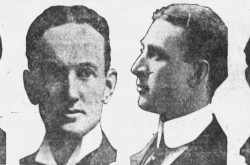
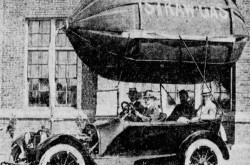
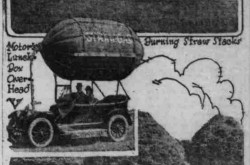
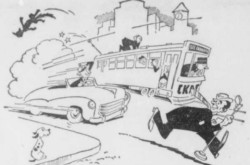
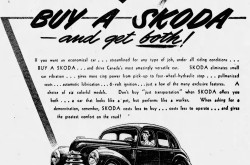
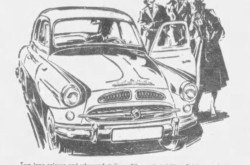
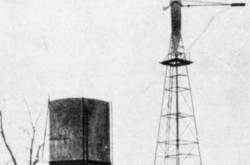

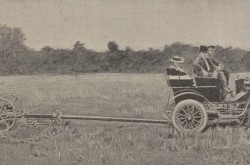
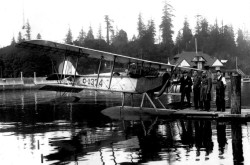
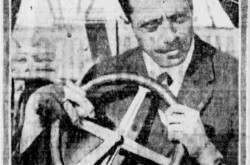
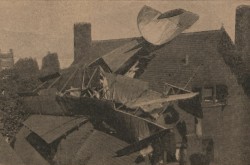
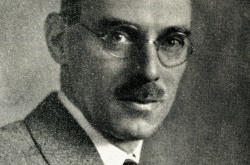
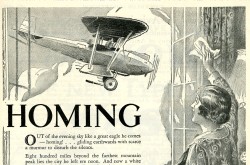
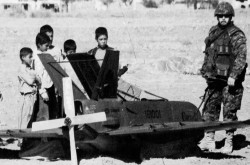
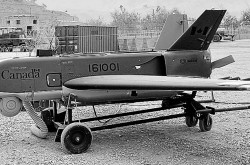
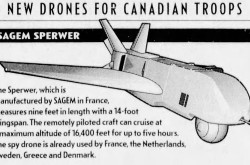
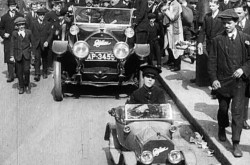
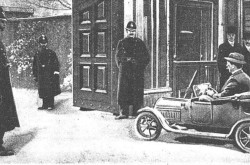
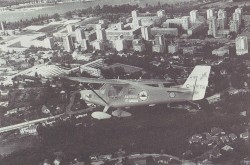
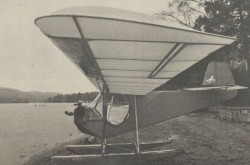
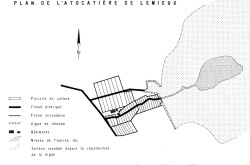
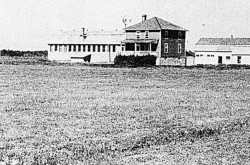
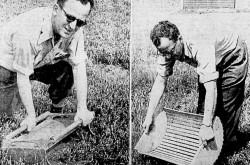
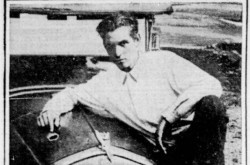
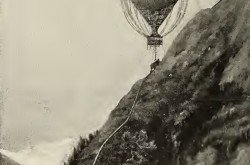
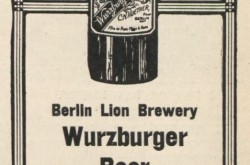
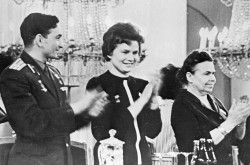
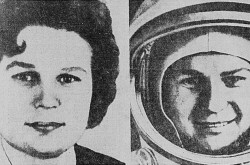

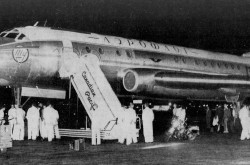

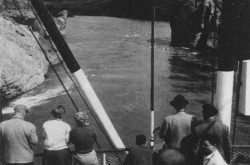
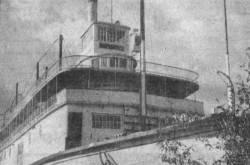
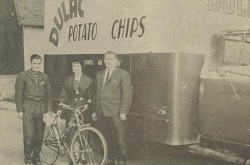
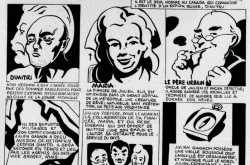
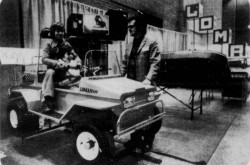
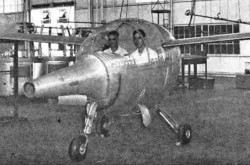

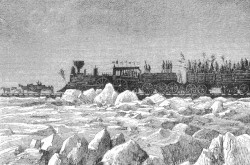
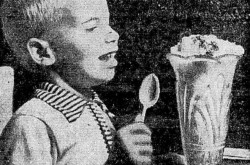
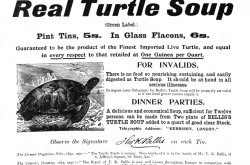
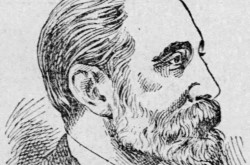
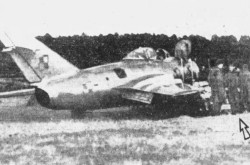

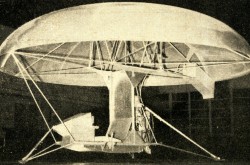
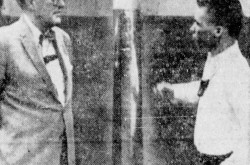
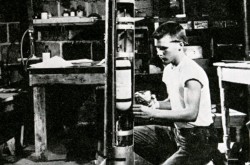
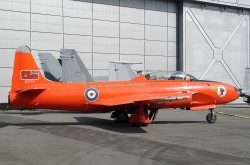
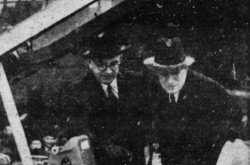
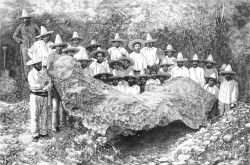

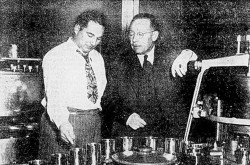
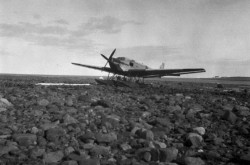
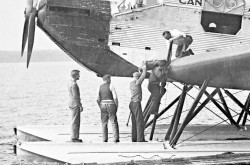
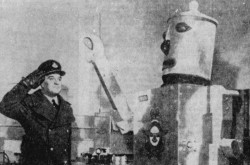
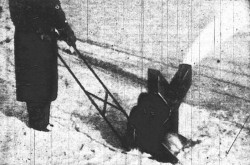
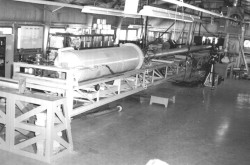
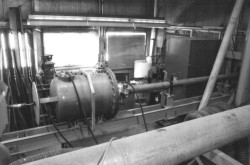
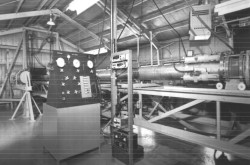
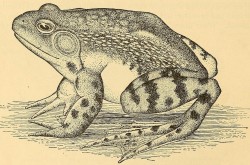
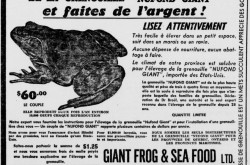
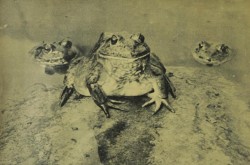
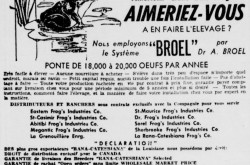
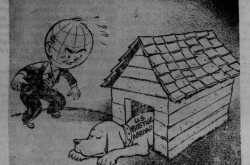
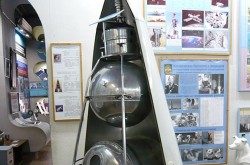
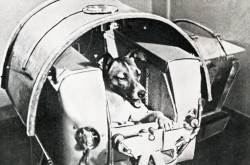
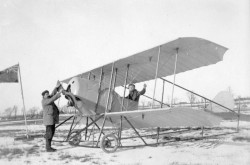
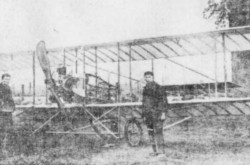
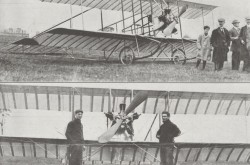
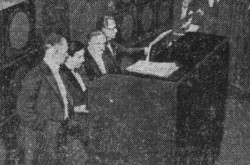
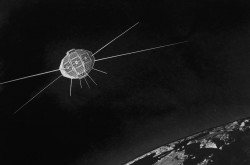

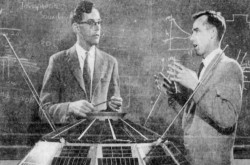
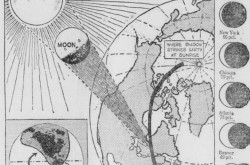
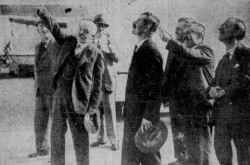
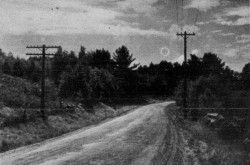

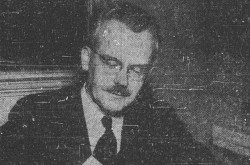
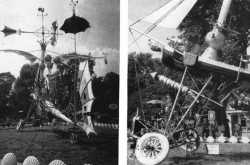
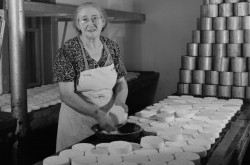
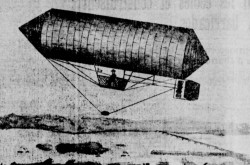
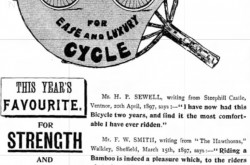
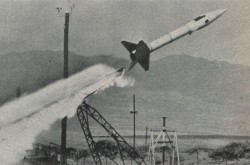
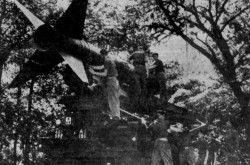
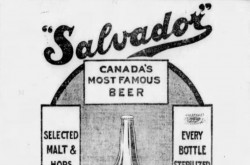
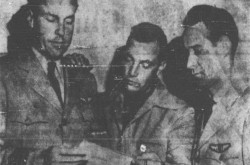
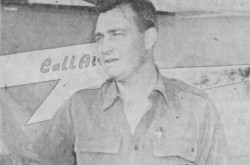
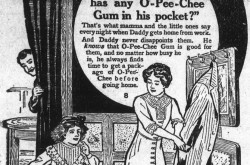
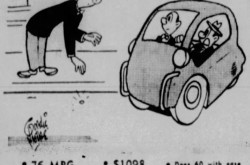
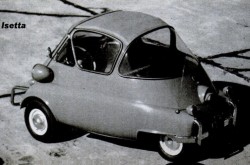
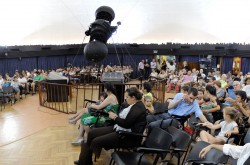
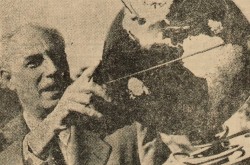
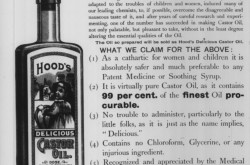
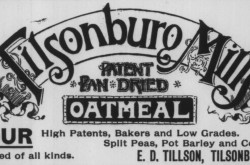
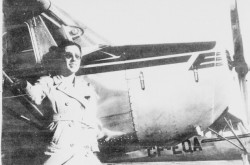
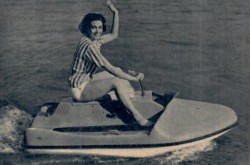

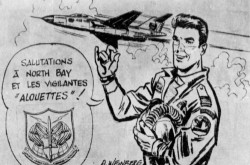
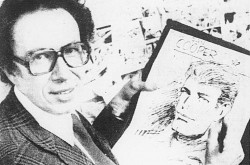
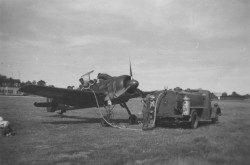
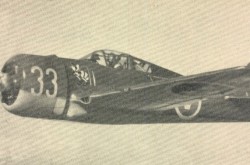
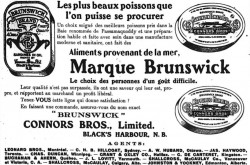
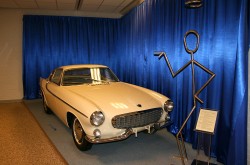
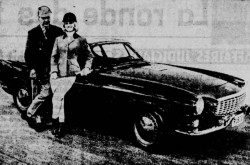
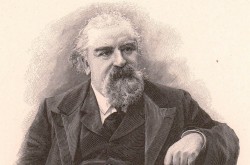
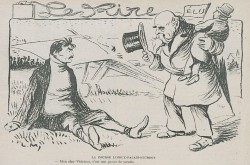
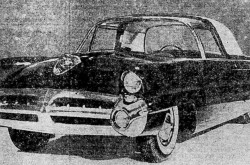
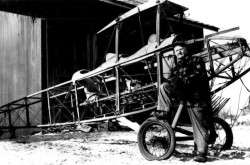
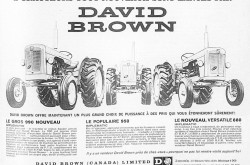
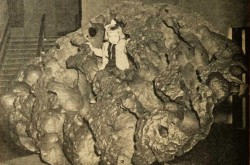
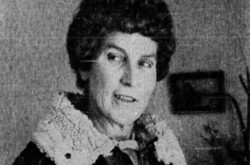
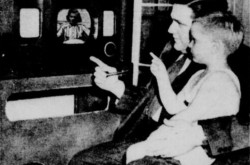
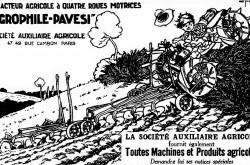
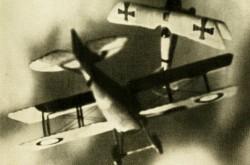
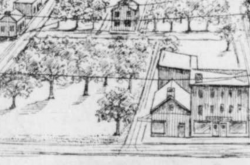
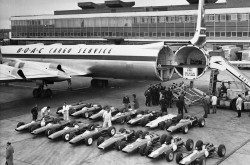
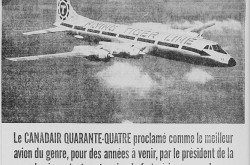
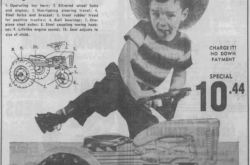
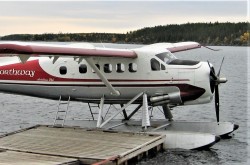
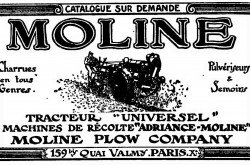
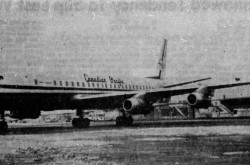
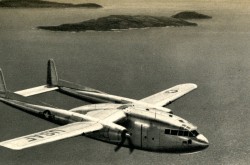
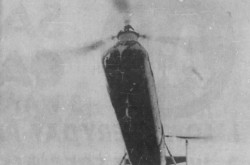
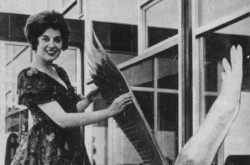
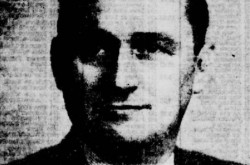
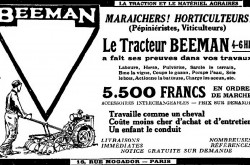
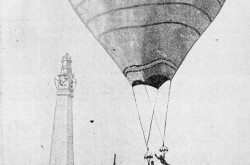
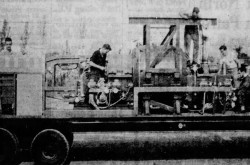
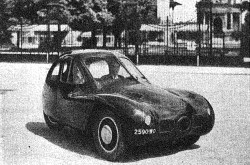
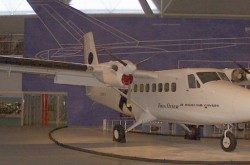
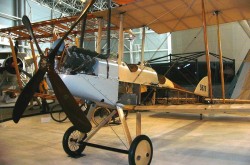
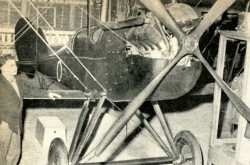
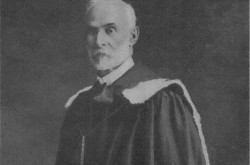
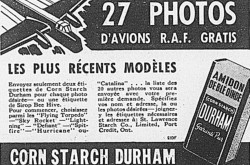
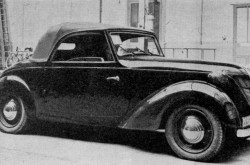
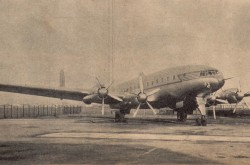
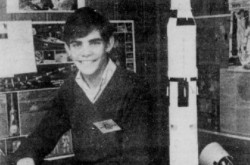
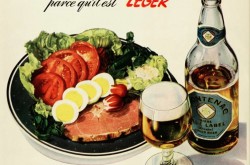
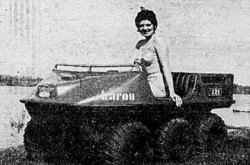
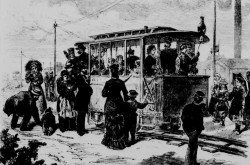
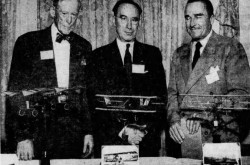
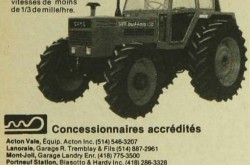

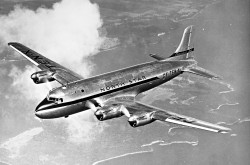
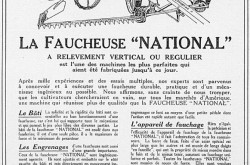
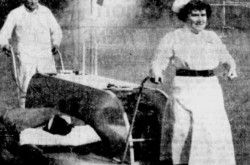
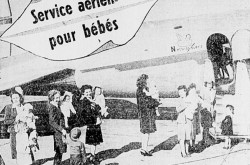
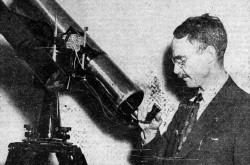
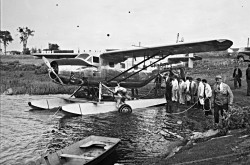
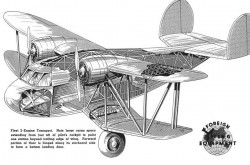
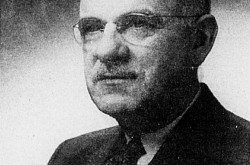
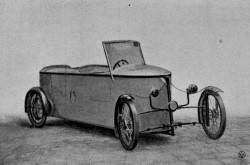
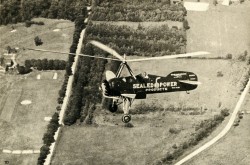
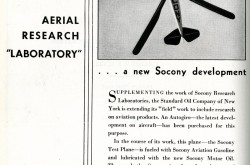
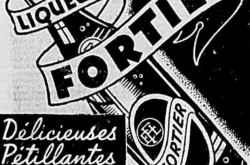
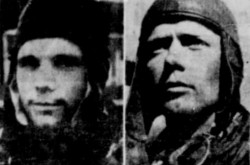
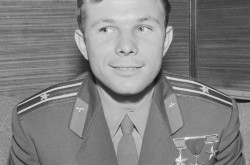
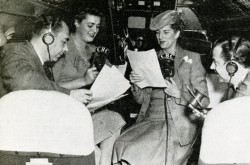
![Peter Müller at the controls [sic] of the Pedroplan, Berlin, Germany, March 1931. Anon., “Cologne contre Marseille – Le mystère du ‘Pédroplan.’ [sic]” Les Ailes, 2 April 1931, 14.](/sites/default/files/styles/thumbnail_7/public/2021-04/Les%20Ailes%202%20avril%201931%20version%20big.jpg?h=eafd0ed4&itok=WnBZ5gMf)
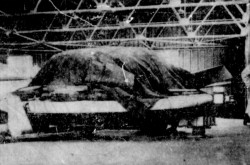
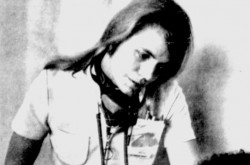
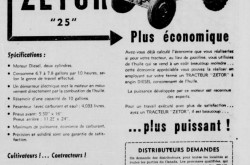
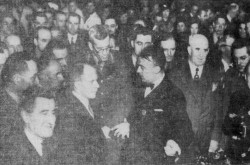
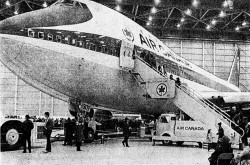
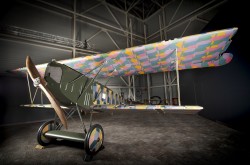
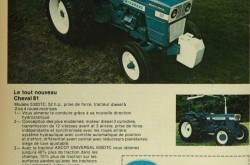
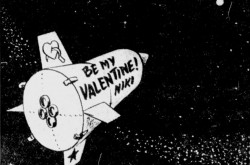
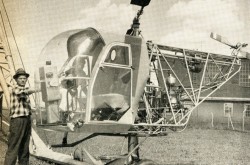
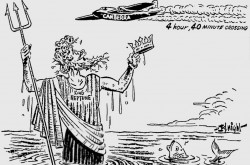
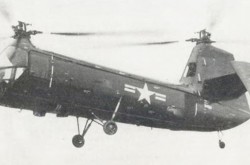
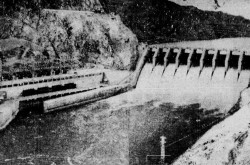
![One of the first de Havilland Canada Chipmunk imported to the United Kingdom. Anon., “De Havilland [Canada] DHC-1 ‘Chipmunk.’” Aviation Magazine, 1 January 1951, cover.](/sites/default/files/styles/thumbnail_7/public/2021-01/Aviation%20magazine%201er%20janvier%201951%20version%202.jpg?h=2f876e0f&itok=DM4JHe5C)
